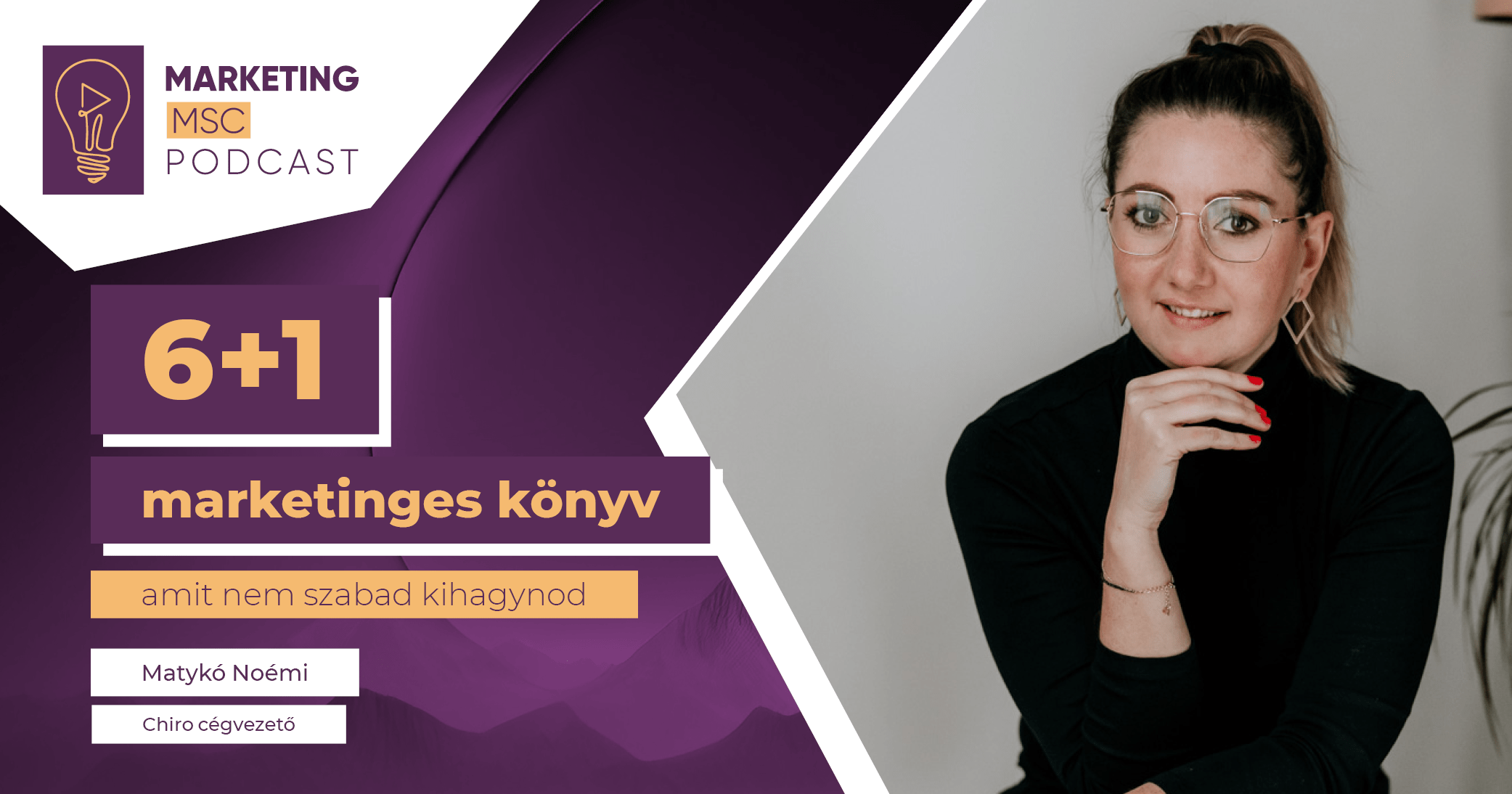“Marketing? Just put a naked woman or a dog in the picture, and you can sell anything with that.” Fortunately, I encounter the above sentence less frequently, but it’s still too much. Although it’s not entirely false, it’s a very simplified and not always working thesis. To make more conscious, smarter marketing decisions, read the following post! In this I have compiled 3+1 neuromarketing tips and a lot of interesting information. If you’re looking for an online marketing agency, these tips can also help enhance your campaigns.
The goal of neuromarketing is to understand how consumers’ brains work. What effects and tools can influence them so that advertising messages can hit the target most effectively? Brain research in this direction greatly aids our work. And it can also guide you if you want to increase your sales. Try out several techniques simultaneously, and you’ll see remarkable results in the short term!

1. Be smart with marketing-based pricing!
When making purchasing decisions, we always consider whether we find the price fair. This depends on several factors. There are days when you can afford the more expensive candy, and other times when you think you wouldn’t even buy such an expensive chocolate as a gift. No matter which Swiss chocolatiers work it is. The reference price (or anchor price) is not a set value. Still, in our minds, we try to assign a certain amount to each product. We then compare to the actual prices available on the market. If we find this amount too high, our brain reacts as if we were experiencing physical pain. Therefore, for successful pricing, you need to take into account the anchor price of consumers. And if you’re not sure what the right price level would be, an online marketing agency can help with that too, for example with competitor analysis.
The danger of casual anchoring
If you have a product or service whose price people are not aware of (e.g., a large-screen TV or emotional intelligence training), so their anchor has not been formed, be careful with one-time, but large-scale promotions! It is possible that a consumer sees your ad, does not buy, but the low price sticks to them as an anchor. And from then on, they will find any higher amount too expensive.
Set your customers’ anchor!
Dan Ariely’s experiments prove that you can influence the anchor of consumers in the case of new or less known products in advance. Definitely do not start pricing too low! If you introduce your product/service at a higher price, you can later make more attractive offers, advertise generous promotions.
Example: A hair salon in Buda positioned its services much higher than the market average. They created an exclusive and professional image (which was associated with professional quality), so consumers were willing to pay the higher price because they knew they would leave the store satisfied. The brand also opened a webshop, initially selling a type of hair vitamin (now the range is much wider). By consciously linking the vitamin brand to the hairdressing brand, they could set an almost unrealistically high price for the product. So they set the anchor price high.

However! Since the beginning, they have been continuously offering huge discounts and package deals to consumers, who feel lucky to pay only 16,000 forints instead of 51,000 and still get high quality. Even if they could find similar, lower-priced products among competing vitamins…
Divide the price!
If you don’t want/can’t reduce the price, it’s worth presenting it differently. Staying with the above example: the price of the hair vitamin is not only divided into X Ft/day, which still seems very low, but it is also compared to the price of a few everyday, cheap products (e.g. coffee, a pack of cigarettes, chewing gum, etc.). This way, you can feel even more that the price set is fair.
2. Your marketing should help customers make decisions!
Do you think that the more options you provide, the more (and happier) customers you will have? Unfortunately, I have to disappoint you; too much choice actually reduces the number of purchases. The Columbia University experiment, conducted within a theoretical framework, and the case of General Mills, which was proven in practice, both demonstrated this. In the former, two groups had to choose from 6 and 24 types of jam, respectively. The group that saw the smaller selection bought 30%, while only 3% of those lost among too many types of jam made a purchase. In the case of General Mills, a drastic reduction in the product range of one of the brands that produces and sells pasta resulted in an 11% increase in sales.
If you can’t reduce the number of product categories you sell, try to spare your potential customers from decision fatigue. Help them make decisions with some – from your company’s perspective – logical tools. Whether it’s promotions, stamps, short “Who is it for?” descriptions, or personal meetings, always offer your help to those interested. These little things greatly contribute to reducing the confusion and frustration caused by too many choices, speeding up the purchasing process, and ultimately increasing satisfaction. A marketing agency in Budapest can provide customized strategies to achieve this.

Example: In the webshop of a Hungarian company producing and selling skincare products, they help navigate through the many similar products (especially for laypeople) by placing various stamps next to the products. Such as: JOY Reader’s Special Award, or the cheapest product in each category is marked with a Bestseller budget (and the category name). It’s a simple solution, but if you help make decisions, you’ll sell more.
3. Describe the ideal consumer, then flatter them a bit!
In your ads, don’t focus on the product’s features – that’s what your website is for – but rather show the person, the group, who uses them! From Maslow’s well-known pyramid, we know that it is a basic need to belong somewhere. According to the theory of social identity, however, people’s basic property is that they are well separable, often classified into opposing groups. Which team do you belong to? Pepsi or Coca-Cola? Chocolate or vanilla? Movie or book? Based on this, first sell the lifestyle, the feeling of belonging to the group, and the purchases will come.
Mass flattery
“Flattery will get you nowhere!” Or will it? According to a study by the Hong Kong University of Science and Technology, flattery can create a strong and lasting, pleasant subconscious impression and influence our behavior even if we recognize that it is artificial. Always strive to use this information ethically and only apply it in moderation – this is one of the reasons to chose an ethical marketing agency! You can communicate ethically by being sincere. Try to highlight positives that are based on real impressions. For example, if you receive a lot of feedback from consumers: “Thank you for the many helpful comments you write to us! With your help, we are constantly improving to provide the high level of service you deserve!”. It’s not unethical or manipulative, but it feels just as good as a pat on the back.

+1. Never forget one marketing principle!
THE PRODUCT (or service) STILL MATTERS! Marketing contributes to the optimal consumer experience, but it alone cannot create it. If there is too big a gap between the expectations set by marketing and the actual properties of the product, it will soon become apparent, and the resulting loss of trust, as well as negative word-of-mouth advertising (WOM), will have irreparable consequences.
So let this be the final word: Marketing only works when done smartly and ethically!
If you liked the article, I appreciate it if you share it with others! And if you want to be the first to know about our new posts, subscribe to our newsletter!
Sources:
- Roger Dooley: Az agyukra megyünk!
- Dan Heath & Chip Heath: Megragad




